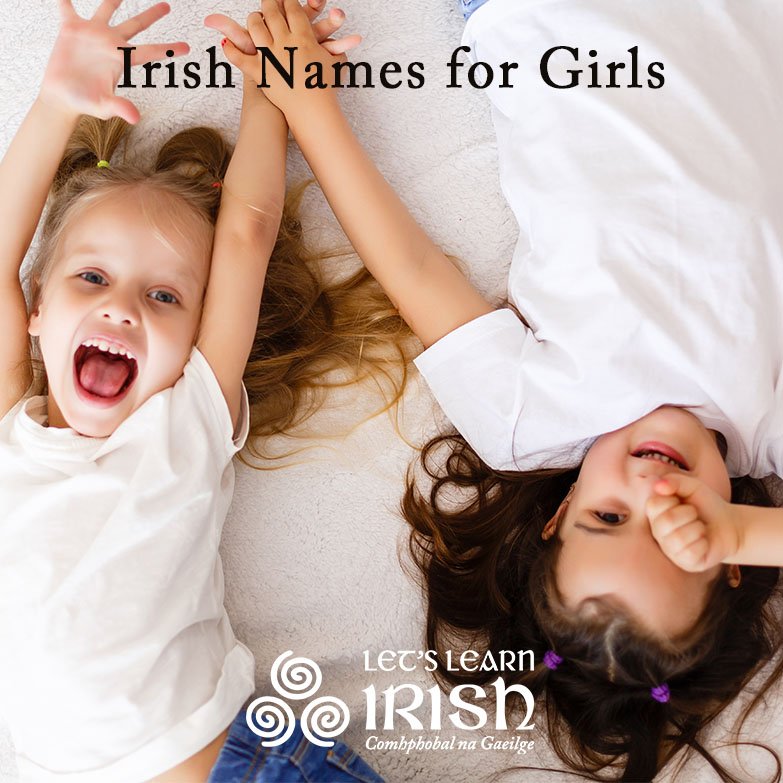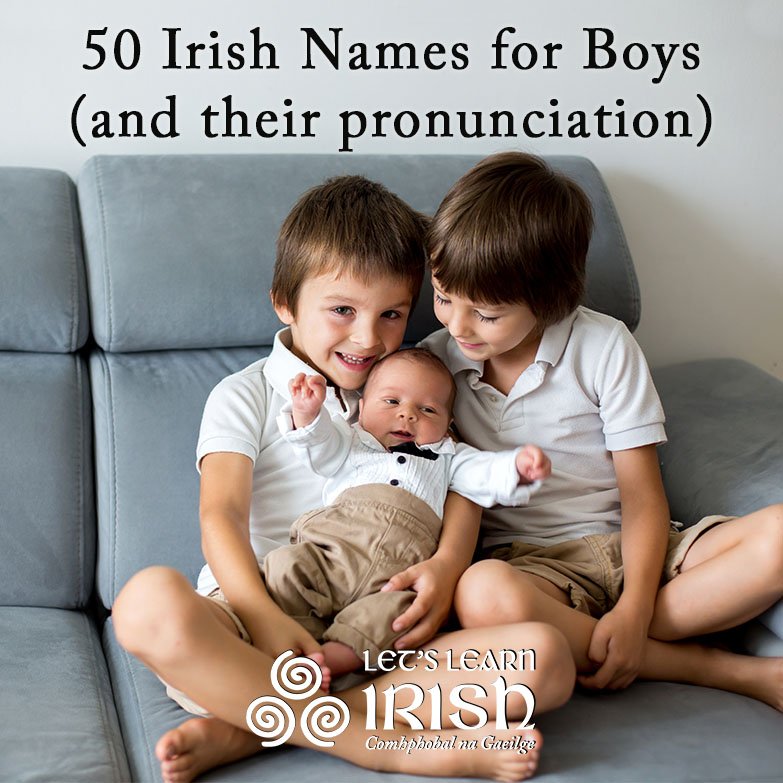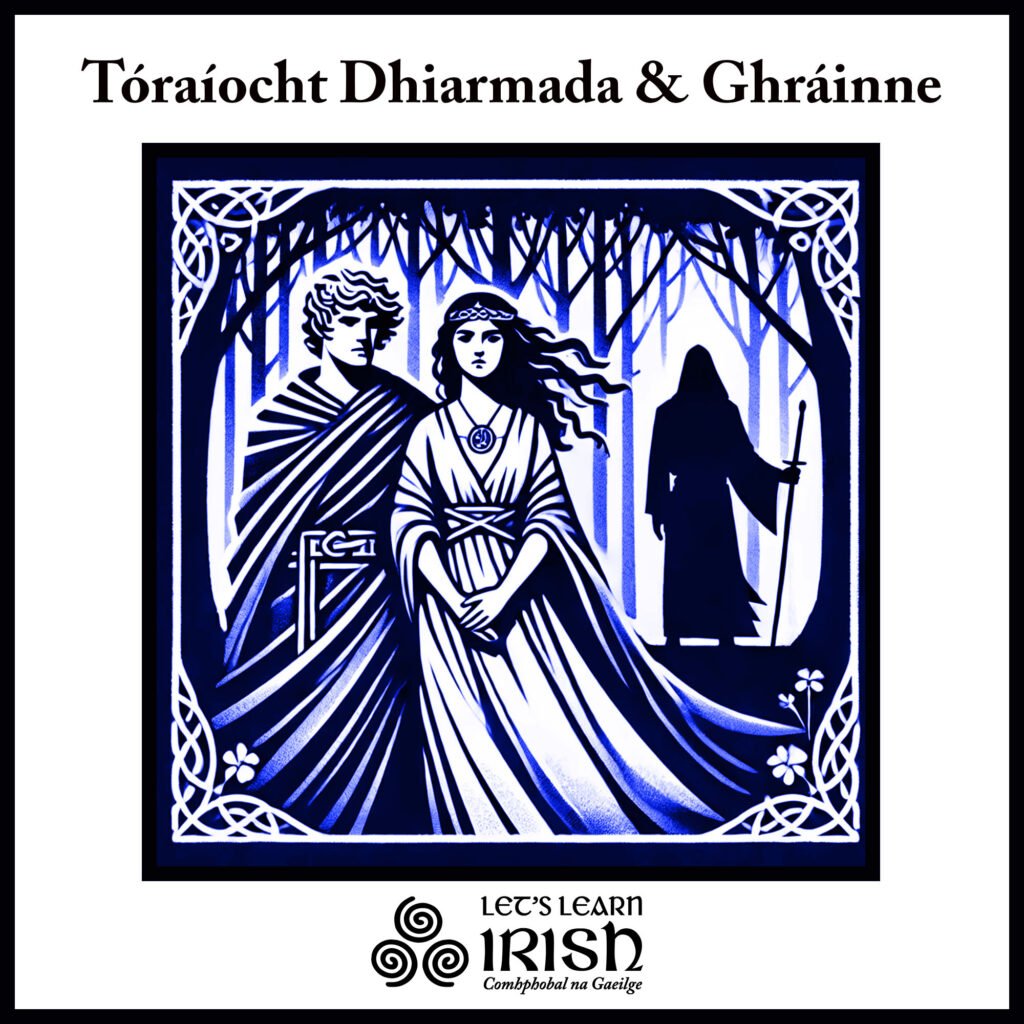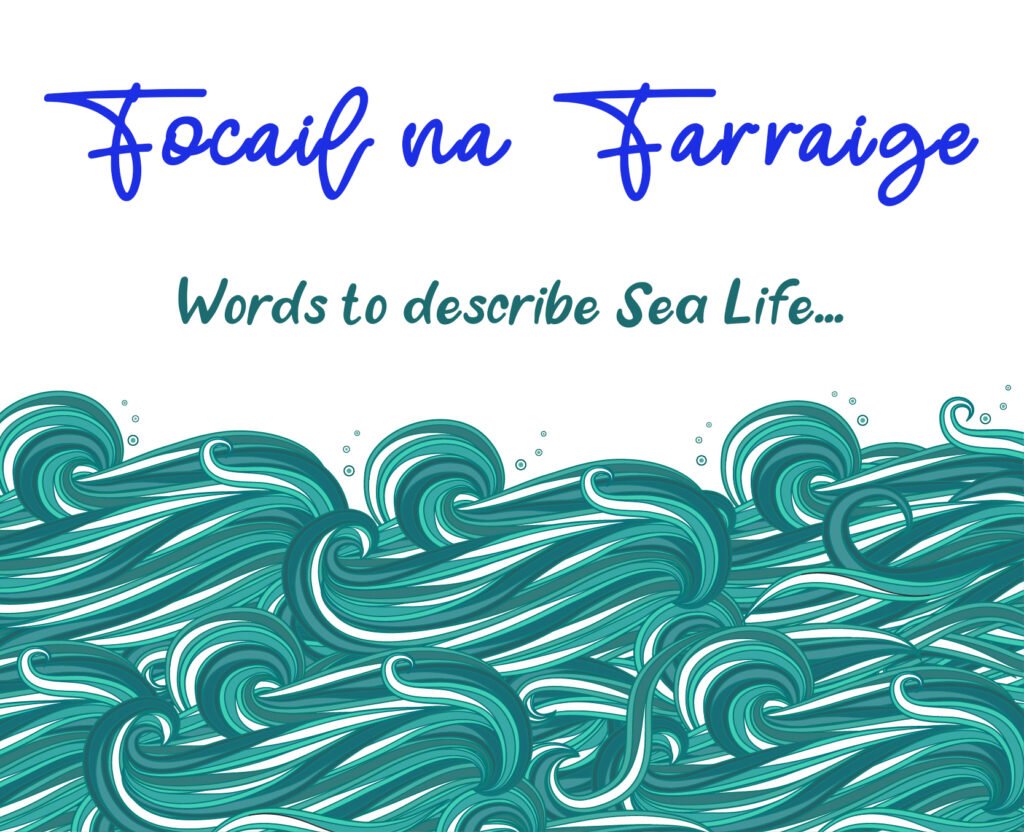Finscéalta: Legends

Focail / Words
Adventure – Eachtra
Analogy – Analach
Anecdote – Scéilín
Author – Údar
Chapter – Caibidil
Character – Carachtar
Comedy – Coiméide
Druid – Draoi
Fantasy – Fantaisíocht
Fiction – Ficsean
Goblin – Gruagach
Hero – Laoch
Heroine – Banlaoch
Historical Fiction – Ficsean stairiúil
Irony – Íoróin
Legend – Seanscéal
Main Character – Príomhcharachtar
Metaphor – Meafar
Mountains – Sléibhte
Mystery – Mistéir
Myth – Miotas
Novel – Úrscéal
Plot – Plota
Poisoned chalice – Cailís nimhe
Popular Myth – Tuairim choitianta
Quest – Tóraíocht
Romance – Scéal grá
Science Fiction – Ficsean Eolaíochta
Setting – Suíomh
Shield – Sciath
Short Story – Gearrscéal
Spear – Sleá
Tragedy – Traigéide
Villain – Bithiúnach
Witch – Cailleach
Frásaí / Phrases
According to myth. – De réir na miotaseolaíochta.
Fantasy is preferable to the starkness of life. – Is fearr an fhantaisíocht ná déine an tsaoil.
He’s a folk hero. – Tá ardmheas ag na gnáthdhaoine air.
To be away with the faeries. – Bheith ar shiúl leis na sióga.
The heroes of old. – Na laochra fadó.
The story is somewhere in the borderland between history and myth. – Tá an scéal áit éigin idir stair agus miotas.
The villain is only seen in silhouette. – Ní fheictear an bithiúnach ach mar scáthchruth.
There are two legends surrounding this well. – Tá dhá fhinscéal ag baint leis an tobar seo.
These stories have parallels in folklore. – Tá scéalta mar seo le fáil sa bhéaloideas.
According to legend this is where St Patrick came ashore. – De réir an tseanchais, is é seo an áit ar tháinig Naomh Pádraig i dtír.
The book is about a man who many describe as a hero. – Tá an leabhar faoi fhear a ndeir a lán faoi gur laoch é.
Bígí páirteach!
Join the online Irish community at LetsLearnIrish.com.
Follow on social media @LetsLearnIrish.





